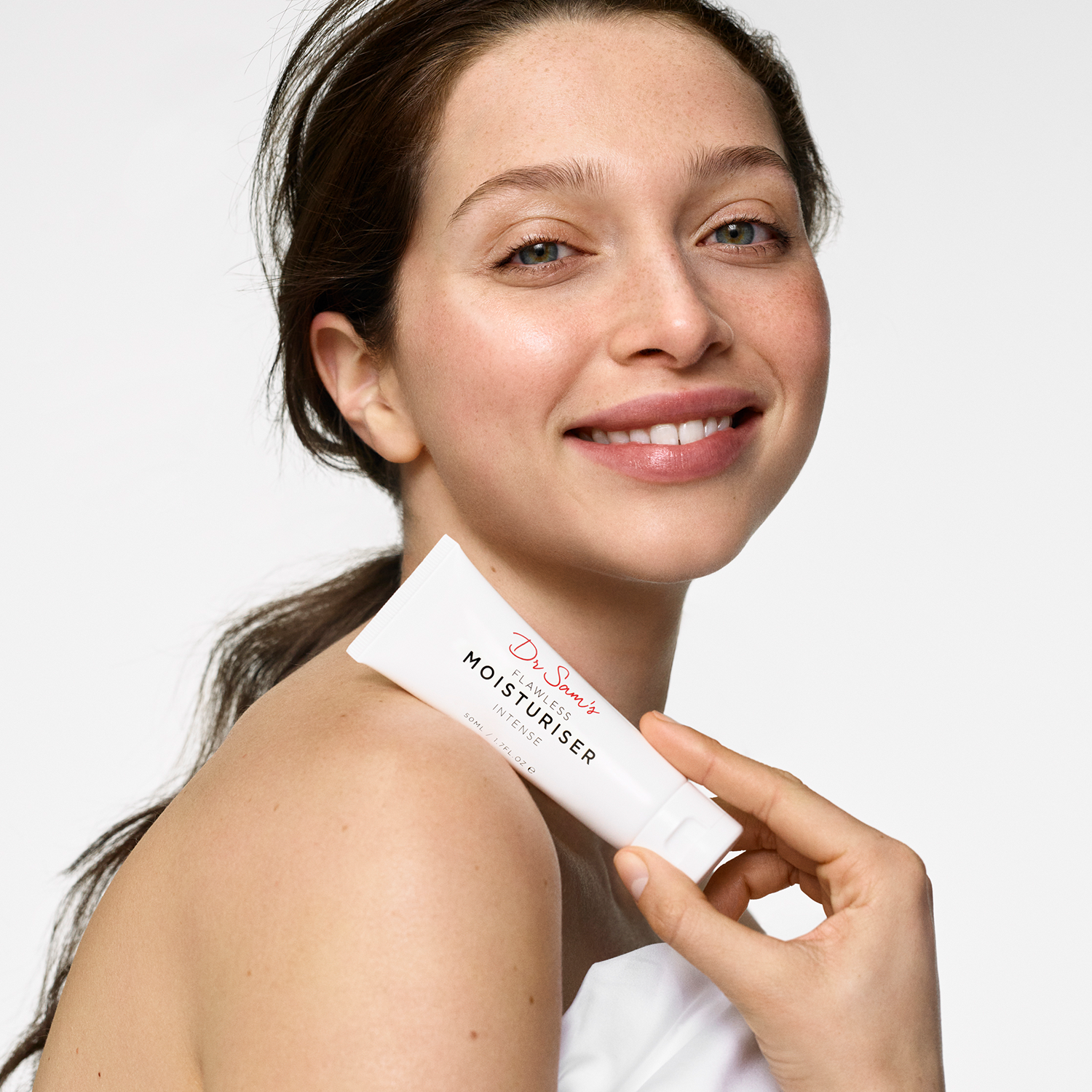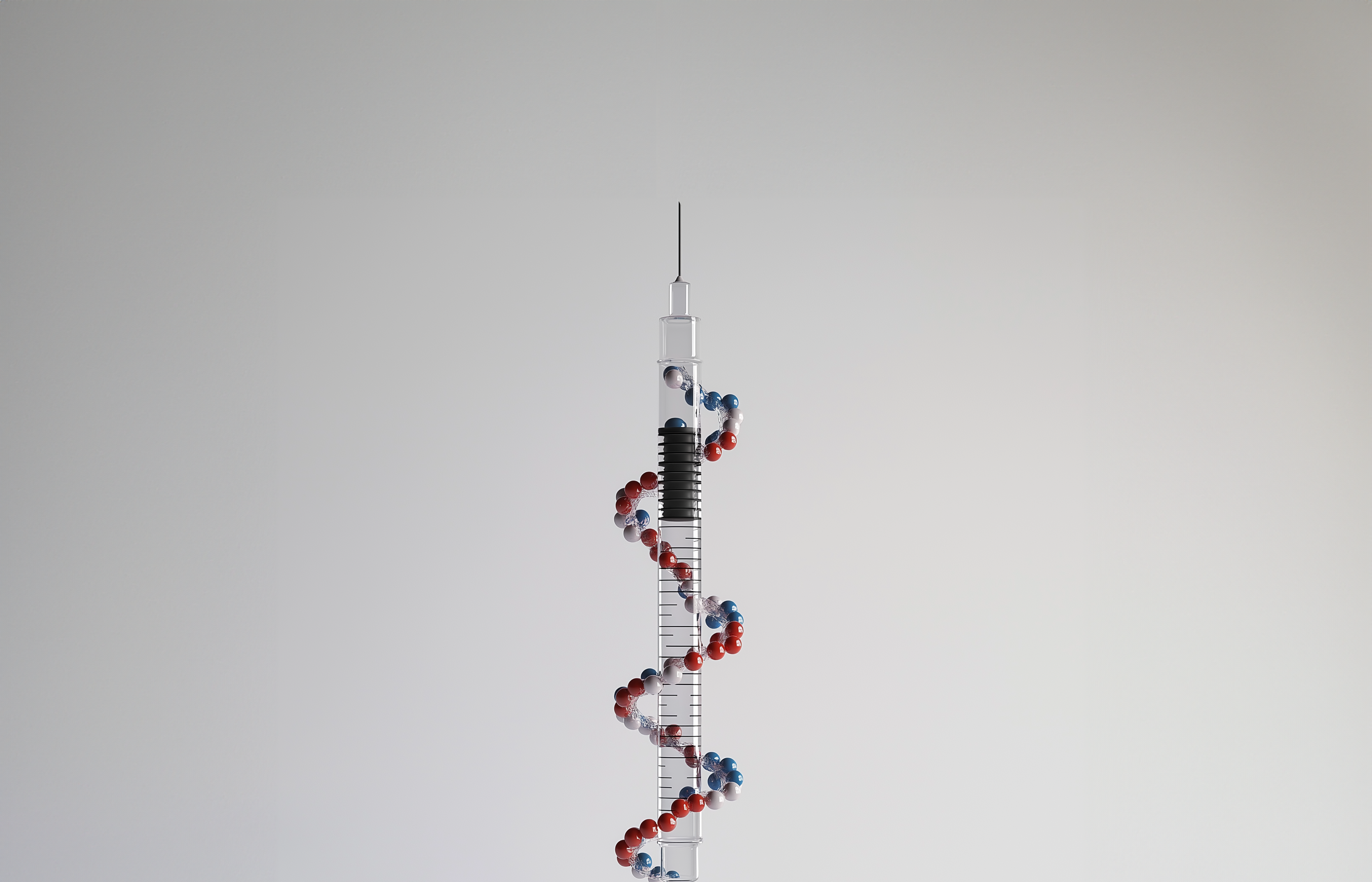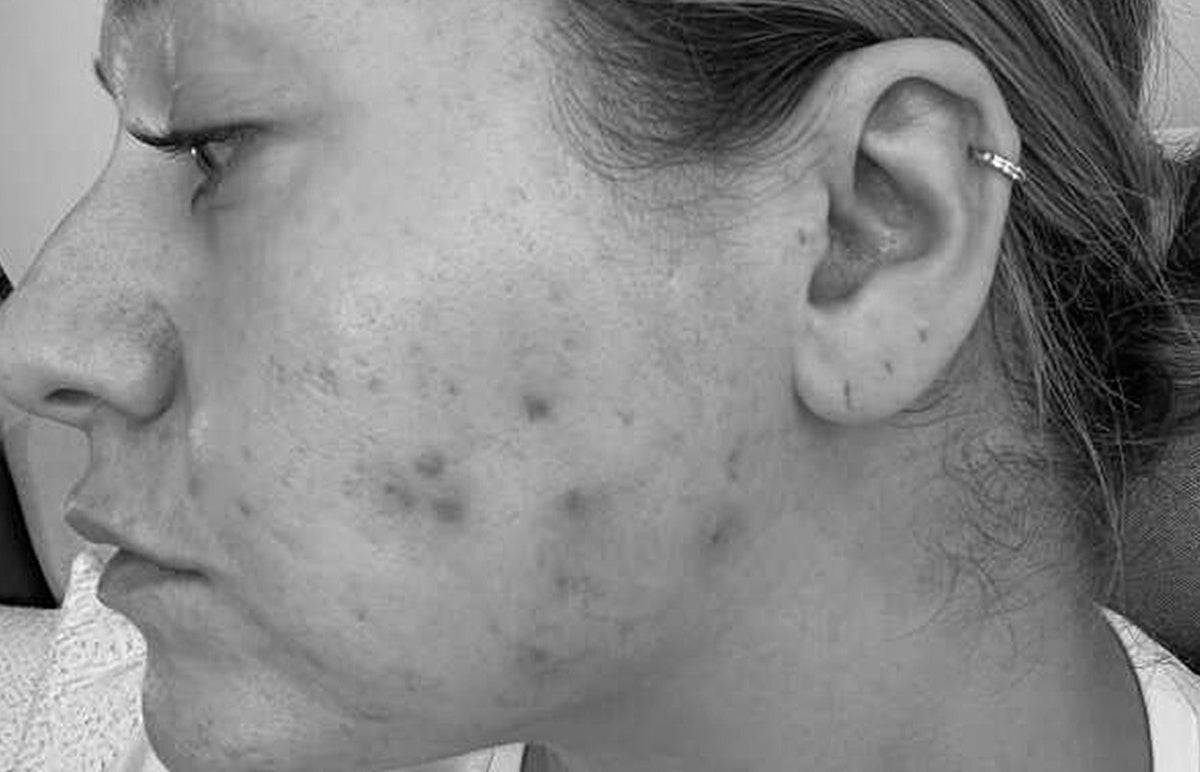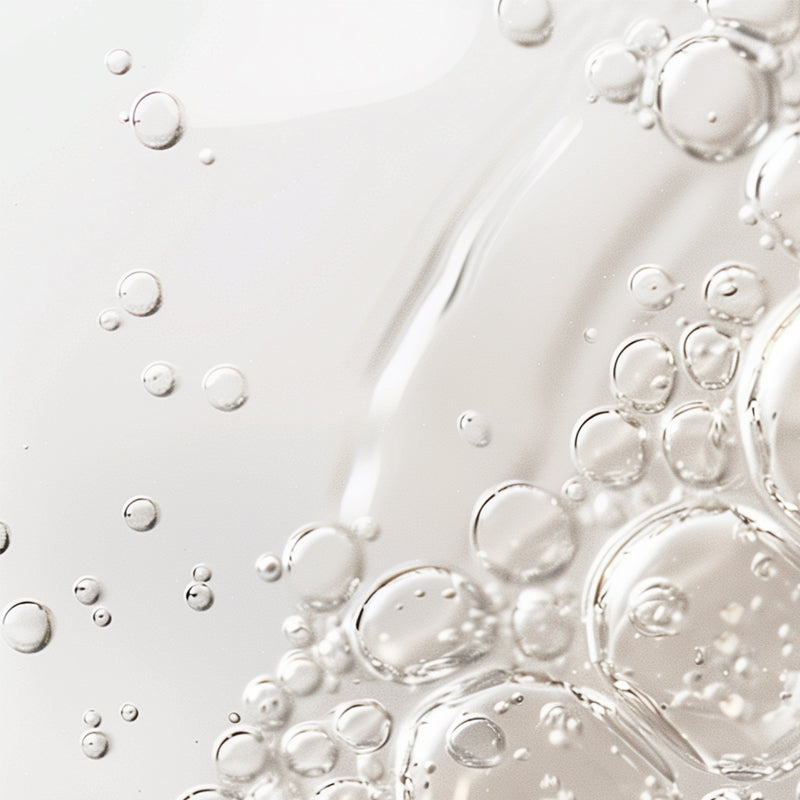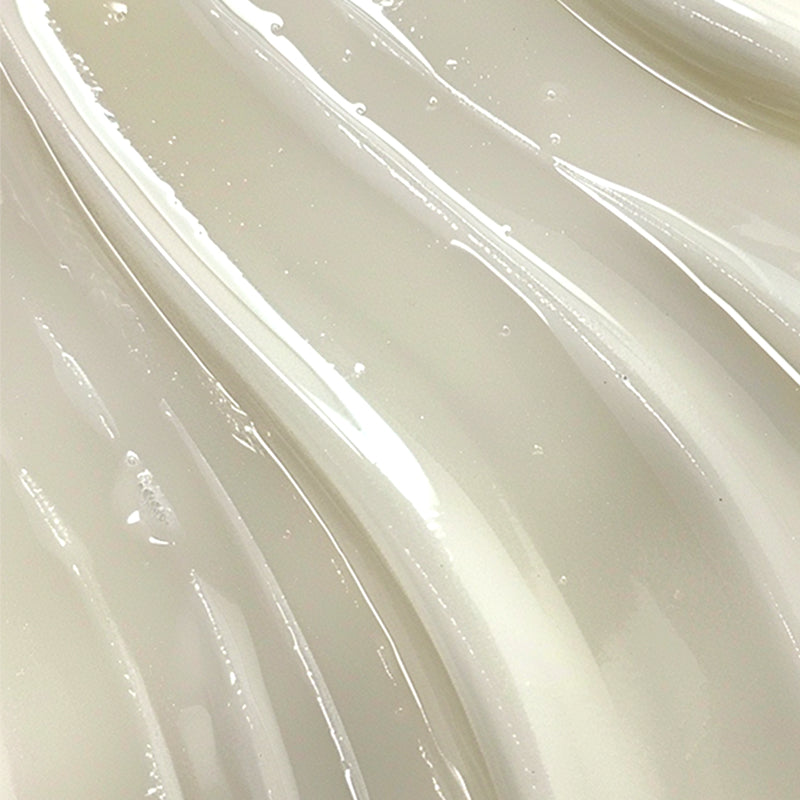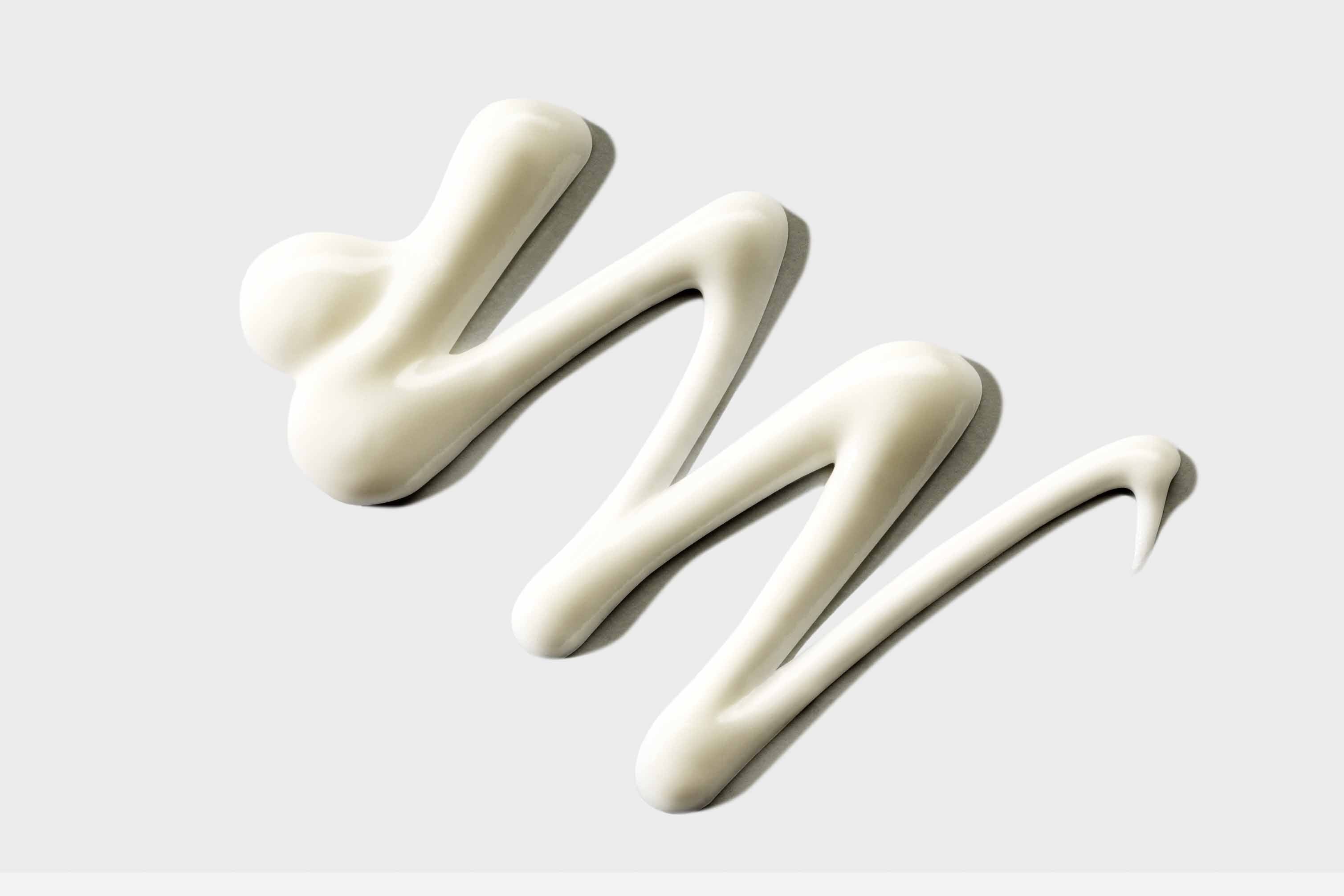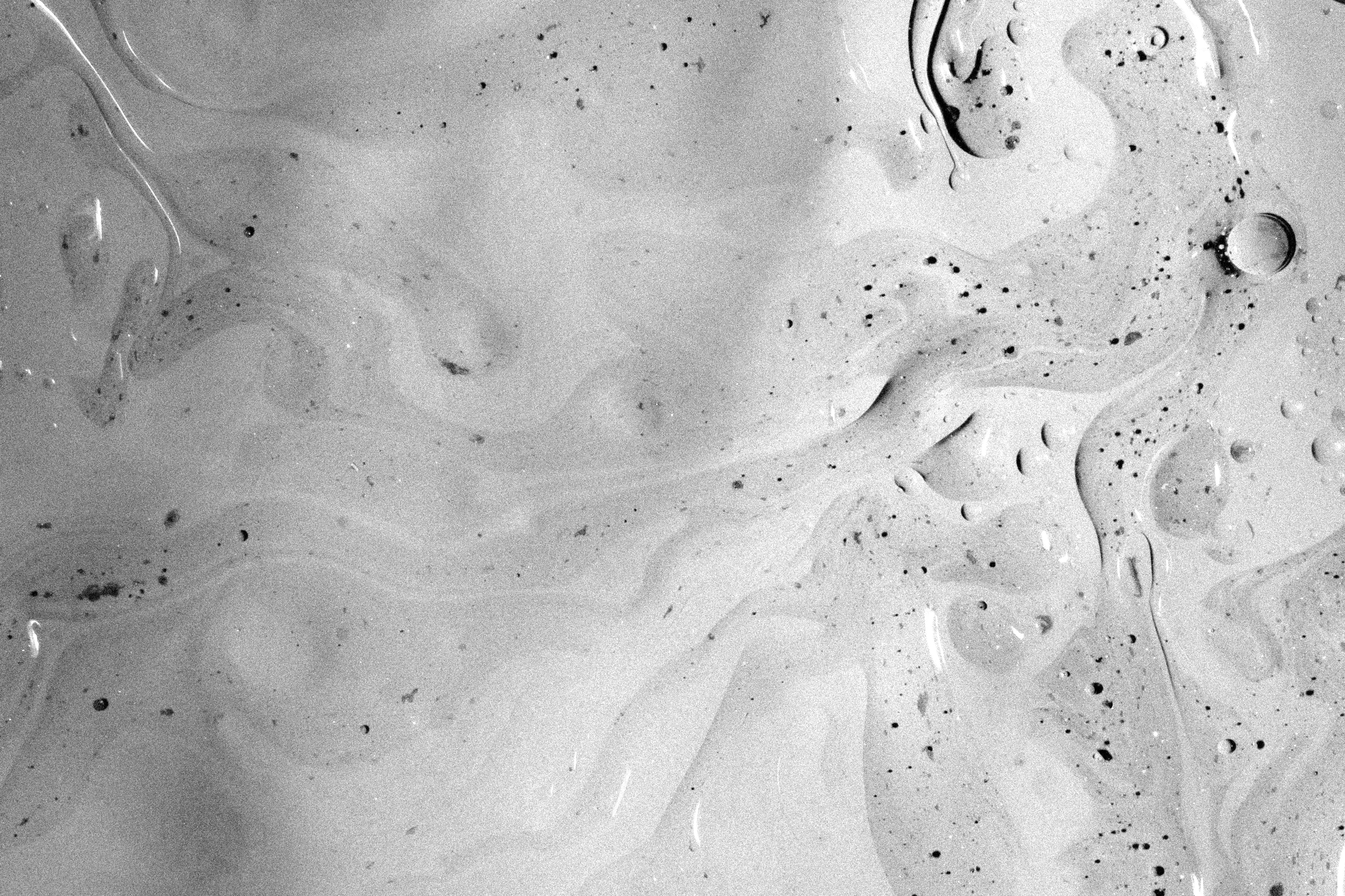Think you’ve tried everything for acne? That may not be true, especially if you live in the UK where Spironolactone has yet to be widely adopted as a mainstream treatment for acne.
Allure magazine just did a piece on this under-the-radar option for ‘hormonal acne’, as did the Huffington Post. Now, you may ask, what do I mean by the term hormonal acne? In truth, the U-pattern of acne seen in grown-up girls is, by definition, hormonal - you don’t see this pattern in guys. A proportion will have an underlying hormonal issue, most commonly due to Polycystic Ovarian Syndrome, but most won’t. There’s simply a sebaceous gland interaction with normal hormone levels that leads to nodules and cysts, typically along the chin, jawline and upper neck.
I’ve been prescribing it more and more in the last few months. The side effect profile seems less scary than Roaccutane (Accutane in the US) for many and it delivers similar benefits, in that it makes you less oily and prone to the more deep-seated inflammatory spots that last for weeks.
In fact, it often works well on exactly that group that hasn’t had a profound result from Roaccutane, and it’s safe to continue on an ongoing basis (where as oral antibiotics shouldn’t really be used for longer than 3-6 months as per the WHO recommendations). It’s off-label use means that it is usually only prescribed by dermatologists, but if this sounds like something you’d benefit from, it’s most definitely worth considering.


